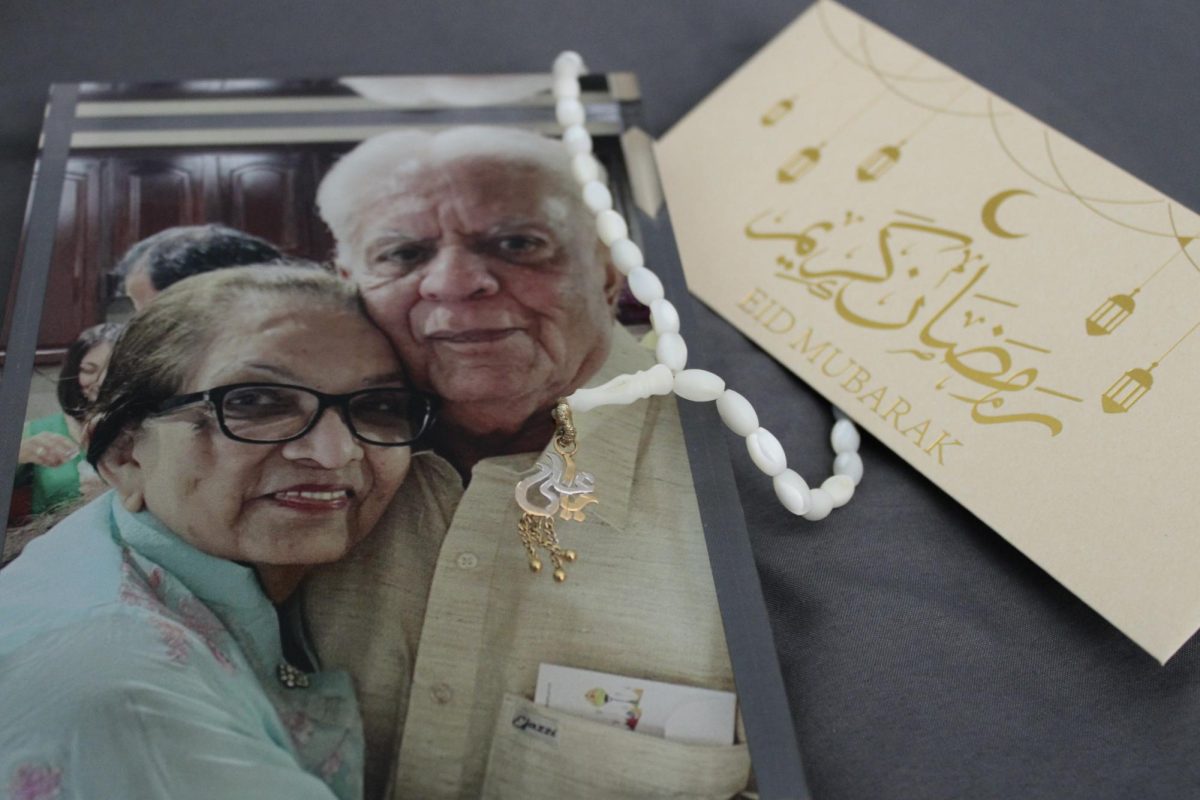Formula 1 (F1) is a grueling sport, where even the smallest miscalculation could lead to deadly consequences. Young drivers are prone to making mistakes, especially in their rookie season. Putting them into F1 too early could endanger their life, career, mental health and other drivers on the track.
The Fédération Internationale de l’Automobile (FIA), the governing body for international motorsport, has specific criteria needed to get into F1. Drivers have to be at least 18 years old and have a valid driver’s license. More importantly, drivers must obtain a minimum of 40 Super License points. These can only be received if a driver places top three in specific championship classifications.
However, future Mercedes driver Kimi Antonelli was able to bypass the age rule and receive a super license before his 18th birthday for “demonstrating outstanding ability,” according to Article 13.1.2 of Appendix L. This is completely subjective because there isn’t a specific criteria that determines a driver as “outstanding.”
Antonelli participated in his first F1 free practice session in Monza on Aug. 30, but lost control and crashed on a promising lap after only ten minutes. Thankfully, no one was injured, but it could have ended worse if someone was near him. Although he has the skill and speed, he does not have the experience.
Along with Antonelli, 19-year-old Oliver Bearman will be racing for the Haas F1 team next season. Bearman competed in the F1 Saudi Arabian Grand Prix to temporarily fill Carlos Sainz’s Ferrari earlier this year. He was 18 at the time, and although he had notable experience, he struggled physically. The high G-forces caused his neck to strain significantly, and his headrest was dented by the end of the race from hitting it at each turn.
Furthermore, muscle strength doesn’t reach its peak until around 30 years of age. Teenagers have a lower body mass ratio than adults, which can partially explain why Bearman struggled to handle the car, even though he has been racing for years.
The dangers don’t just lie in the physical world — it affects mental development as well.
The prefrontal cortex doesn’t completely develop until approximately 25 years old. This part of the brain holds the ability to make rational decisions and control impulsive decisions. It contains the primary motor cortex, which is responsible for controlling voluntary body movement; all of these are all essential for racing. With this in mind, pushing the age boundary can damage young racers’ futures, too. Being unprepared in F1 has led to multiple drivers losing their seats, and, ultimately, ruining their career; the recent dismissal of Logan Sargeant from the Williams F1 team is an excellent example of this.
Sargeant was 22 years old when he got promoted to F1, after placing fourth in the 2022 F2 season. On top of that, he only completed four free practices in the Williams before his debut. His first season ended incompetently, having crashed multiple times and reportedly cost $4.3 million in repairs.
Williams head principal James Vowels admitted that Sargeant had possibly been brought up too soon. This explains why he was never able to reach his full potential; he just wasn’t ready. Sargeant was dropped mid-season after crashing during a practice session at the Dutch Grand Prix last month. Although there were multiple factors that weighed in his contract termination, his underwhelming performance was the most dominant.
Williams proceeded to replace Sargeant with 21-year-old F2 rookie Franco Colapinto — replacing inexperience with more inexperience.
A more reasonable alternative would be to recruit a reserve driver, like 25-year-old Mick Schumacher, who has considerable experience in F1, F2, F3 and the World Endurance Championship.
Drivers like Max Verstappen and Oscar Piastri have set the bar high for F1 rookies, but we shouldn’t expect them to fit that standard. It takes about one or two seasons for a majority of drivers to get used to the physical and mental strain of racing and show what they’re capable of.
Harsh criticism online and in the media can be the result of these expectations. It can be detrimental for their mental health, which can cause a decline in performance as well. McLaren driver Lando Norris said he struggled with confidence and self-esteem due to social media criticism during his second and third F1 seasons, claiming he was at an all-time low.
As fans, we shouldn’t place unreasonable expectations for upcoming drivers, and we can’t forget that some of them are teenagers. We should consider where they’re coming from and expect mistakes to happen. Additionally, teams should consider giving more experienced drivers a chance before more harm or death is caused. It’s not worth it for someone to lose their life for our entertainment.










